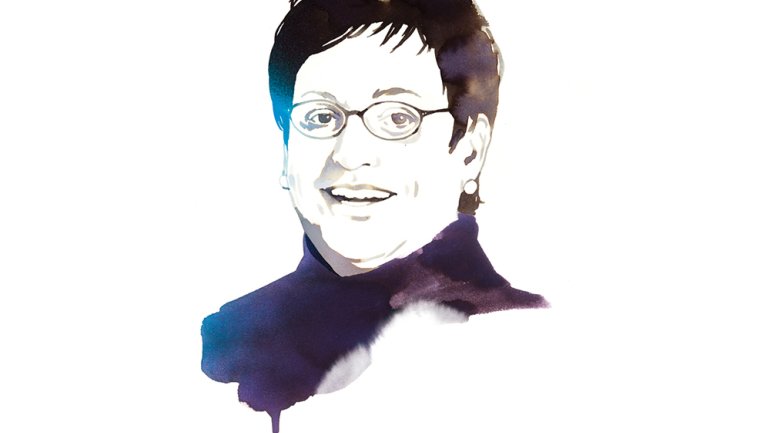Industrial Revolution
Industrial Revolution
This year marks the 40th anniversary of Arts/Industry, a groundbreaking program of the John Michael Kohler Arts Center in Sheboygan, Wisconsin, that lets artists get creative with industrial processes and materials at Kohler Co., the iconic manufacturer of bathroom and kitchen products.
Arts/Industry is the brainchild of Ruth DeYoung Kohler, granddaughter of the company’s founder and longtime director of the arts center that bears his name. It all started back in 1974, when she asked her brother Herbert, CEO of the company, if she could bring ceramic artists into the factory to meet with engineers and technicians. “Herb calls me his crazy sister, always coming up with new ideas,” she says, laughing. The first potters-in-residence, Jack Earl and Tom Ladousa, inaugurated the program (and won over the factory employees) by making sculpture out of Kohler urinals and toilets.
Since then, more than 400 resident artists – not just in clay, but also in mediums ranging from blacksmithing to photography to performance art – have come through the Kohler pottery, iron and brass foundries, and enamel shop, joining with industrial artisans to create exciting bodies of work, often on a large scale or experimental basis not possible in their own studios. In the midst of anniversary celebrations, including a retrospective show and a new 300-page book, both titled “Arts/Industry: Collaboration and Revelation,” Ruth Kohler took time to reflect on the program’s far-reaching impact.
There’s a lot of love out there among artists for Arts/Industry. What is so special about it?
It’s a chance to bring two very different worlds together. Most of the artists haven’t been in a factory prior to coming, have never had the chance to get involved with the technologies that are a part of it. When we first started years ago at the Kohler pottery, the artists for the most part had never been involved in mold-making and slip-casting. So it opens their eyes in a way that they never thought possible. They gain enormous respect for the factory associates. In turn, the fac-tory associates really learn from and enjoy the artists.
Craft artists seem to have had an on-off, love-hate relationship with industry in general over the years.
At the beginning of Arts/Industry, Ceramics Monthly did an article on the program that spawned more letters to the editor than anything they’d done. About half said “Artists should never, ever have anything to do with industry; it will ruin their work.” The other half said “This is the best thing that ever happened to work in clay.” Just such strong responses, and very opposite, but it made people think. Today people who have come through the factory say it is one of the most important things to have happened to work in clay, because it made slip-casting and mold-making an important part of the academic curricula.
Artists also tell us over and over again that the residency was one of the most important points in their career. At the opening of our anniversary exhibition, we had a reunion of factory associates and artists. It was amazing to hear the memories they had, the excitement about ideas – that transformation of both sides, and how they no longer thought of themselves as two sides, but really one.
What have been some of the most memorable or out-there projects to come out of Arts/Industry?
I’d say one of the most important was Babel by Jim Neel [in 2008]. It involved 50 life-sized ceramic chimpanzees fitted out with various pieces of armor from different cultures and periods, and in the background, a voiceover of a Percy Bysshe Shelley sonnet, with many people speaking at different points. A beautiful piece.
Ruth, you are celebrated in Wisconsin and beyond for your decades of support for the arts. Where did this passion come from?
Well, I had wonderful parents who, from the time I was little, made me love the arts. My dad used to take me on his lap when I was a toddler, and he and I would make up stories and songs together, and he would draw all the characters. That was my favorite part of the day. He would bring me into the factory often, and on special occasions he gave me a single Prismacolor pencil until I got a whole set. My mom was an historian and worked on preservation of historic architecture. She was an editor at the Chicago Tribune and later a columnist, and that, in a less direct way, also got me involved in the arts.
Has Arts/Industry evolved as technologies have changed?
Certainly that’s happening, especially in this past decade with digital media. We find artists coming to the factory armed with models made digitally, and it’s been very interesting. What happens is the artists love digging into new technologies, but they also realize that for the factory associates, the work of the hand – the finishing, the small handmade tools the company has devised for that handwork – is equally important.
Joyce Lovelace is contributing editor for American Craft.

